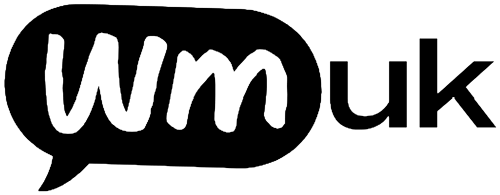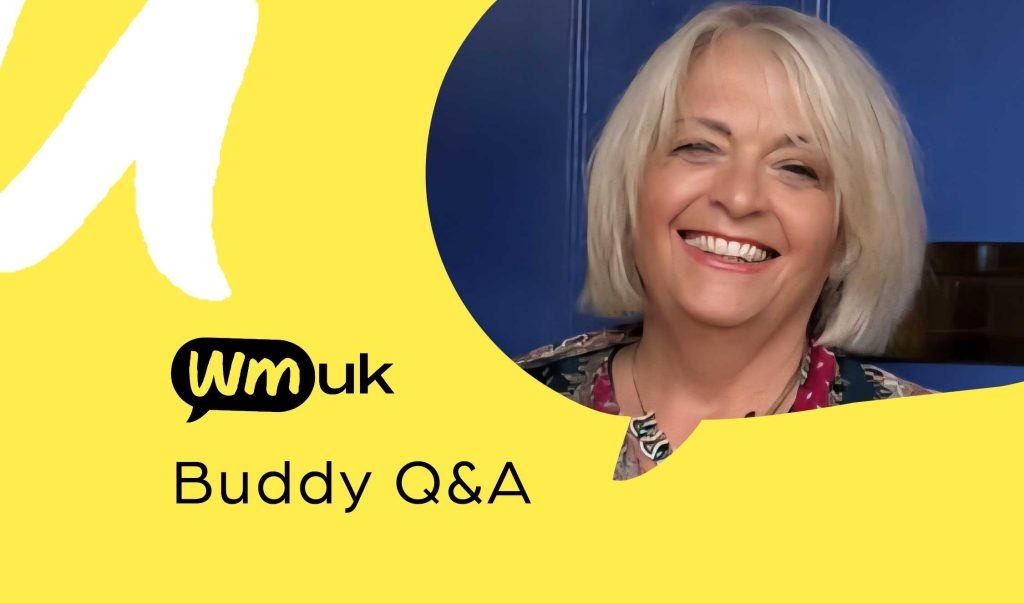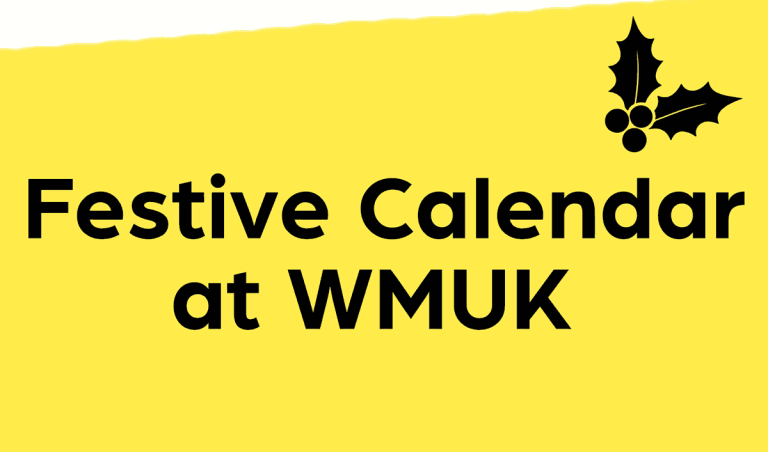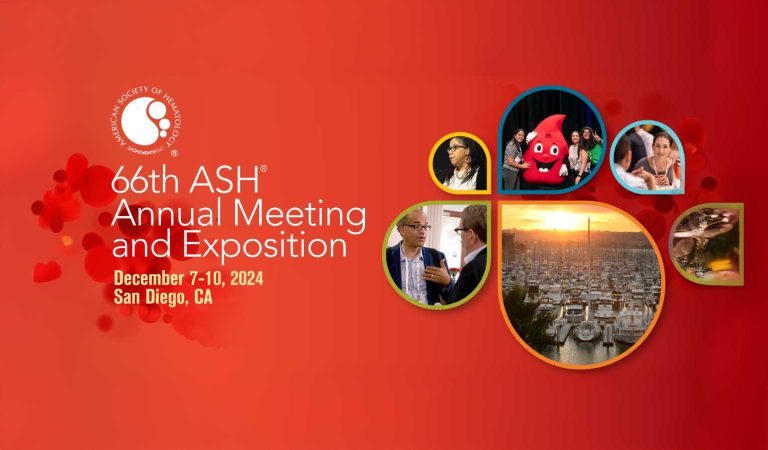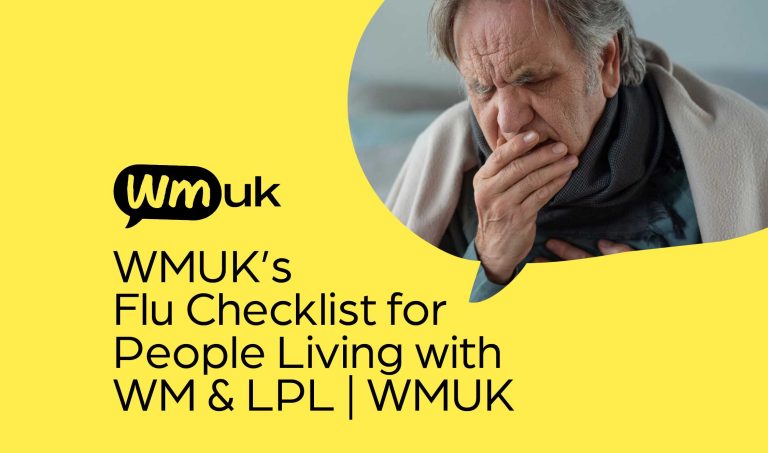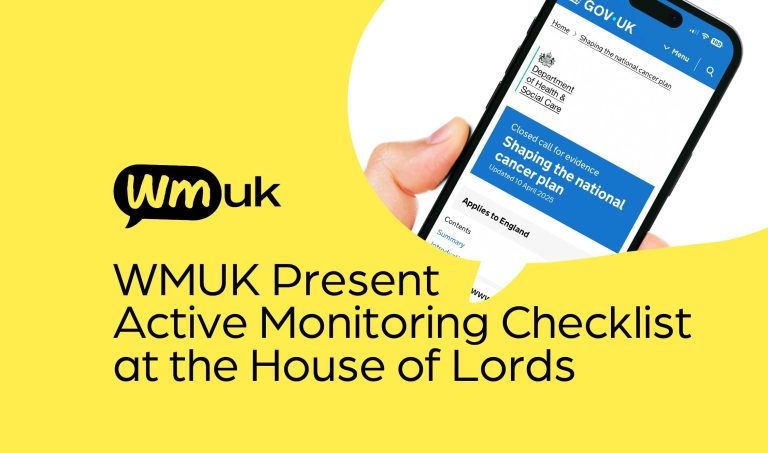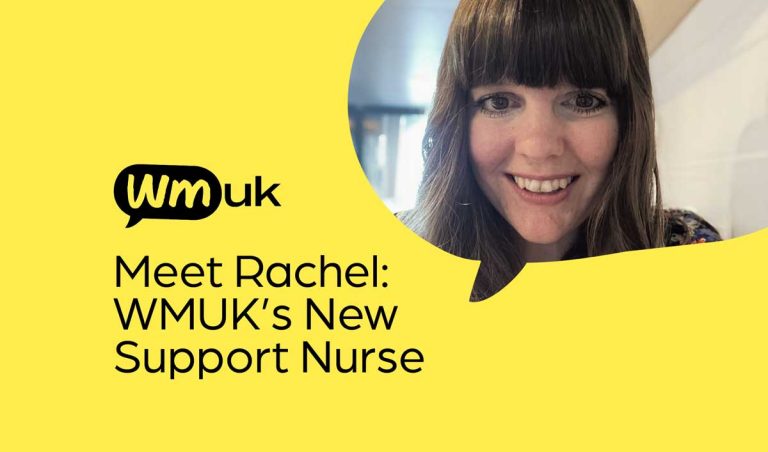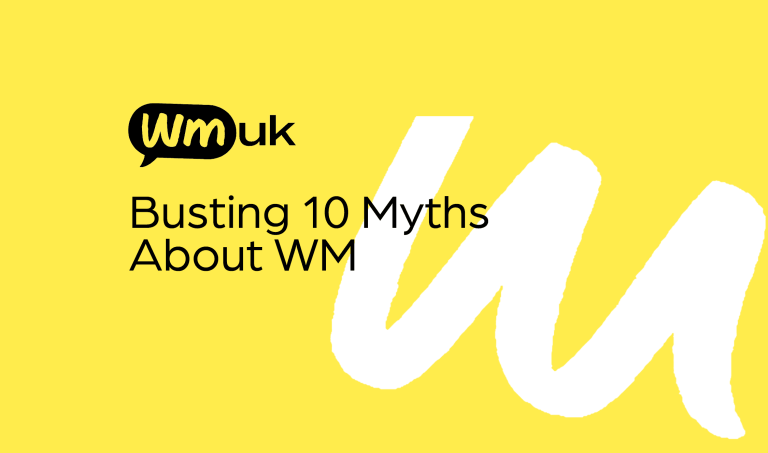WMUK Buddy Janet, explains how her own WM experience inspired her to support others on their journey.
Tell us about your journey with WM?
I was diagnosed in early 2020 after around six to eight months of going back and forth to the GP with vague symptoms—things like repeated infections, night sweats, swollen glands, and extreme fatigue. Initially, I was prescribed iron tablets, but after two scans came back ‘normal’ and I felt dismissed, I ended up going private.
The private haematologist finally ordered a blood test that showed my paraprotein was off the scale, and my haemoglobin had dropped to about 83. I couldn’t afford to continue privately, so I went back into the NHS system. Despite already having a diagnosis, I still had to go through the two-week referral route, a bone marrow biopsy, and a PET scan before it was officially confirmed as WM in February 2020.
They initially wanted to watch and wait, but on reflection, I’d likely had it for a few years already. I started treatment a month later—four rounds of bendamustine and rituximab instead of six, as I responded well. I finished in June 2020. Since then, I’ve been monitored regularly, and as of February this year, my paraprotein remains undetectable.
How did you come across WMUK?
It was probably a couple of years after diagnosis. I wasn’t told about it at the hospital. I joined a general lymphoma support group, and it was through someone there—another woman with WM—that I found out about WMUK and the Facebook group. That’s when I really started to feel supported.
Yes, I’ve made a couple of close friends. One lives just a few miles away, and another a bit further. We meet up regularly. We don’t just talk about WM—we’ve found other things in common. So that’s been a really lovely outcome of being part of the community.
Why did you become a WMUK Buddy?
Because I didn’t have that kind of support when I was diagnosed, and given my medical background, I felt it was important that others don’t feel alone. Everyone’s journey is different, but sometimes it just helps to have someone say, ‘Yes, I felt that too.’ It’s reassuring—it’s not all in your head.
What support did you receive for your role as a Buddy?
Beth was brilliant—she emailed me, and we had a Zoom call with the other buddies. That was great, just chatting and hearing different perspectives. We also received a pack in the post explaining the role. It made everything clear. And I know Beth’s always there if I need her.
How’s it going with your buddy so far?
I’ve only spoken to one buddy so far. We had a good initial 45-minute chat. He’s due to start treatment later in the year and was experiencing a lot of symptoms I’d had. He didn’t realise treatment could actually help with those. After our chat, he said he felt more at ease about starting treatment, which was great.
We’ve stayed in touch on WhatsApp. He recently reached out about muscle aches, which I reassured him I’d also experienced, but I reminded him to check with his specialist. It’s been quite informal—we haven’t set a regular schedule—but he knows he can contact me anytime.
Being a buddy is about being realistic, offering hope, and helping someone see that life doesn’t stop with a diagnosis. It’s about showing them that yes, life may be different, but it can still be full and meaningful.
What would you say to someone thinking about becoming a buddy but unsure?
I’d say having WM yourself is qualification enough. You don’t need to be medical—it’s not about giving advice. It’s about sharing your experience and offering reassurance. Time-wise, it’s really not a huge commitment. And if anything ever feels out of your depth, you can always refer people back to WMUK. I’ve also found it personally rewarding—it’s good to give back.
